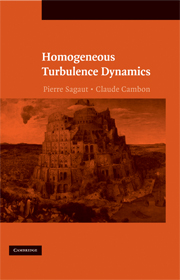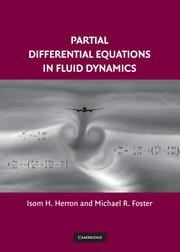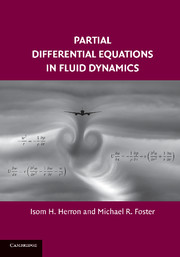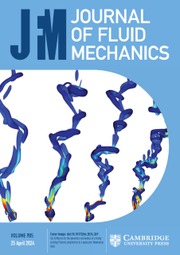Homogeneous Turbulence Dynamics
This book summarizes the most recent theoretical, computational and experimental results dealing with homogeneous turbulence dynamics. A large class of flows is covered: flows governed by anisotropic production mechanisms (e.g. shear flows) and flows without production but dominated by waves (e.g. homogeneous rotating or stratified turbulence). Compressible turbulent flows are also considered. In each case, main trends are illustrated using computational and experimental results, while both linear and nonlinear theories and closures are discussed. Details about linear theories (e.g. Rapid Distortion Theory and variants) and nonlinear closures (e.g. EDQNM) are provided in dedicated chapters, following a fully unified approach. The emphasis is on homogeneous flows, including several interactions (rotation, stratification, shear, shock waves, acoustic waves, and more) which are pertinent to many application fields – from aerospace engineering to astrophysics and earth sciences.
- Unique unified presentation of most recent results coming from experiments, numerical simulations and theoretical analysis
- Unique discussion of advanced linear and nonlinear theories/models
- Deep analysis of the main remaining open problems
Product details
August 2008Hardback
9780521855488
480 pages
261 × 183 × 32 mm
1.13kg
143 b/w illus. 27 tables
Available
Table of Contents
- 1. Introduction
- 2. Statistical analysis of homogeneous turbulent flows: reminders
- 3. Incompressible homogeneous isotropic turbulence
- 4. Incompressible homogeneous anisotropic turbulence: pure rotations
- 5. Incompressible homogeneous anisotropic turbulence: strain
- 6. Incompressible homogeneous anisotropic turbulence: pure shear
- 7. Incompressible homogeneous anisotropic turbulence: buoyancy and stable stratification
- 8. Coupled effects: rotations, stratification, strain and shear
- 9. Compressible homogeneous isotropic turbulence
- 10. Compressible homogeneous anisotropic turbulence
- 11. Isotropic turbulence/shock interaction
- 12. Linear interaction approximation for shock/perturbation interaction
- 13. Linear theories – from rapid distortions theory to WKB variants
- 14. Anisotropic nonlinear triadic closures
- 15. Conclusions and perspectives.









